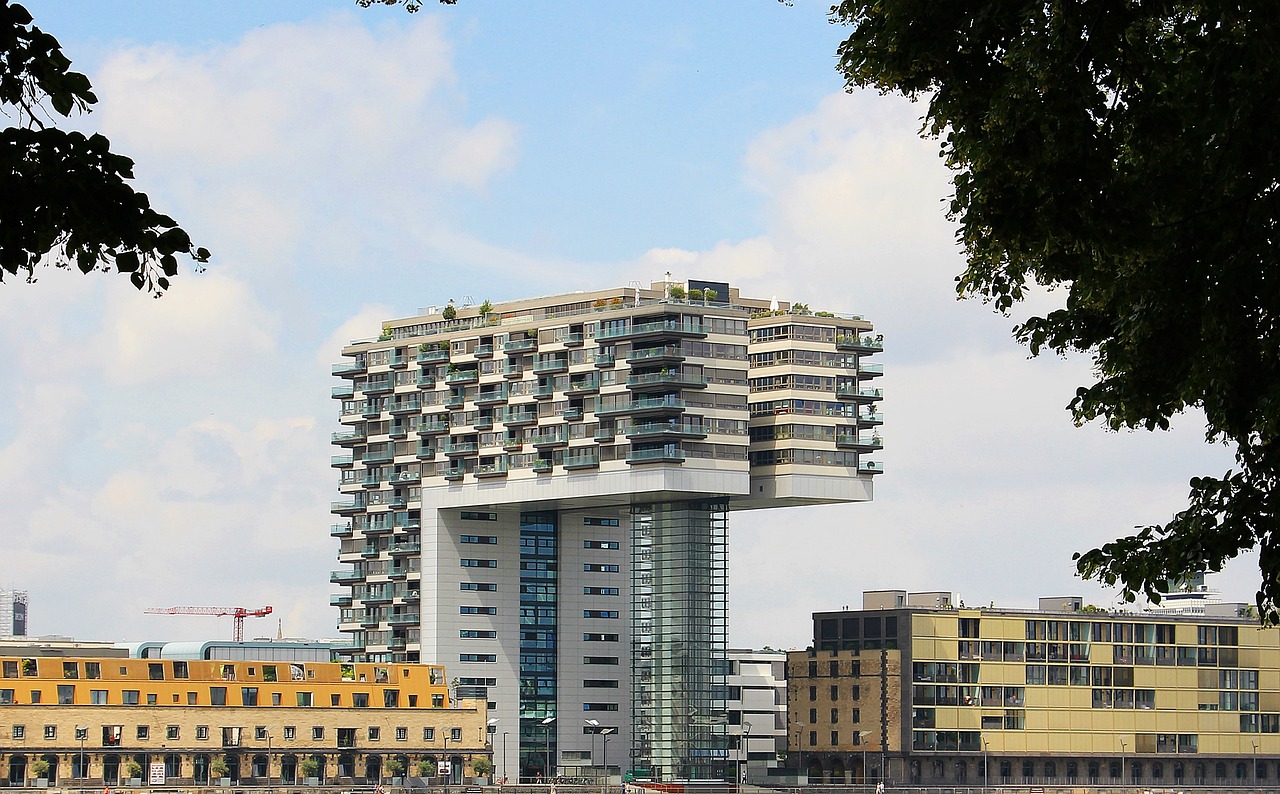旅游作文英语雅思怎么写
Title: The Impact of Tourism on Local Communities
Introduction:
Tourism is a thriving industry that allows people to explore different cultures, traditions, and natural wonders around the world. However, it is crucial to examine the impact of tourism on local communities, both positive and negative aspects. This essay will discuss the benefits brought by tourism as well as the challenges faced by local communities due to its rapid growth.
Body:
1. Economic Benefits of Tourism:
Tourism can be a significant source of income for local communities. When tourists visit a destination, they spend money on accommodation, food, transportation, souvenirs, and various activities. This creates job opportunities and stimulates economic development. For instance, hotels, restaurants, and tour operators hire local employees, boosting employment rates and generating revenue for the local economy.
2. Cultural Exchange:
Tourism facilitates cultural exchange as it allows travelers to immerse themselves in local traditions, customs, and practices. Visitors can learn about the history of a place, interact with locals, and experience authentic cultural events. This exchange of ideas and knowledge can foster mutual understanding and appreciation between different cultures, promoting peace and tolerance worldwide.
3. Environmental Impacts:

While tourism brings economic benefits, it can also have negative environmental impacts. Mass tourism can put stress on natural resources, leading to deforestation, pollution, and damage to sensitive ecosystems such as beaches, coral reefs, and forests. It is crucial for local communities and governing bodies to implement sustainable tourism practices to minimize these negative impacts and preserve the environment for future generations.
4. Preservation of Cultural Heritage:
Tourism plays a vital role in the preservation of cultural heritage. The income generated from tourism can be allocated towards the restoration and maintenance of historical sites, museums, and traditional arts. By protecting and showcasing their cultural heritage, local communities can maintain their identity and attract visitors who are interested in learning about their unique traditions.
5. Balancing Tourism Growth and Local Livelihoods:
The rapid growth of tourism can sometimes lead to an imbalance between the interests of tourists and the needs of local communities. Tourist hotspots may experience increased rent and living costs, which can force locals to move away from their homes. It is crucial for governing bodies to implement policies that ensure the benefits of tourism are equitably distributed among all community members. This can be achieved through initiatives such as communitybased tourism and responsible tourism practices.
Conclusion:
Tourism has the potential to bring significant economic benefits and promote cultural exchange. However, its rapid growth can also pose challenges for local communities, including environmental degradation and social inequality. To harness the positive impacts of tourism while minimizing the negative ones, it is essential to prioritize sustainable tourism practices and involve local communities in decisionmaking processes. By doing so, tourism can become a catalyst for economic growth, cultural preservation, and sustainable development.










